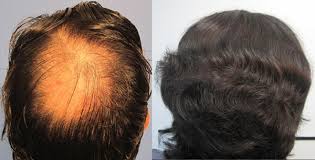The number of hair grafts needed for a hair transplant, including the crown area, can vary depending on several factors such as the size of the area to be covered, the density of the existing hair, and the desired result. The crown area typically requires fewer grafts compared to the front hairline or mid-scalp because it is a smaller area.
In general, 1,000 grafts may be sufficient for the crown in some cases, but it's essential to consult with a qualified and experienced hair transplant surgeon in Pakistan to determine the specific needs for your situation. The surgeon will assess factors such as the degree of hair loss, the quality of your donor hair, and your overall goals for the procedure.
However, determining the exact number of grafts needed is best done through a consultation with a qualified hair transplant surgeon. They will evaluate your specific case, discuss your goals, and provide recommendations based on factors such as your hair loss pattern, donor hair availability, and the overall aesthetic outcome you desire.
Keep in mind that hair transplantation is a highly individualized procedure, and the number of grafts required can vary from person to person. The surgeon will work with you to create a customized plan that addresses your unique needs and expectations.
It's important to note that the number of grafts is just one aspect of a successful hair transplant in Peshawar. Factors such as the quality of the donor hair, the skill of the surgeon, and the surgical technique employed also play crucial roles in achieving a natural-looking and aesthetically pleasing result. If you're considering a hair transplant, consult with a qualified and experienced hair transplant surgeon to get personalized advice based on your unique situation.


